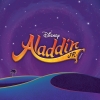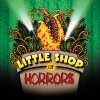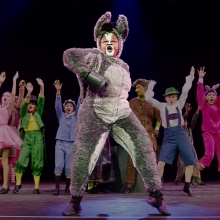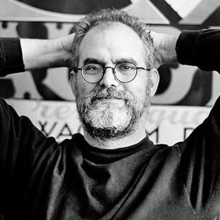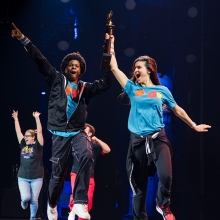Filichia Features: Beauty and the Beast JR. Makes Its Own Magic
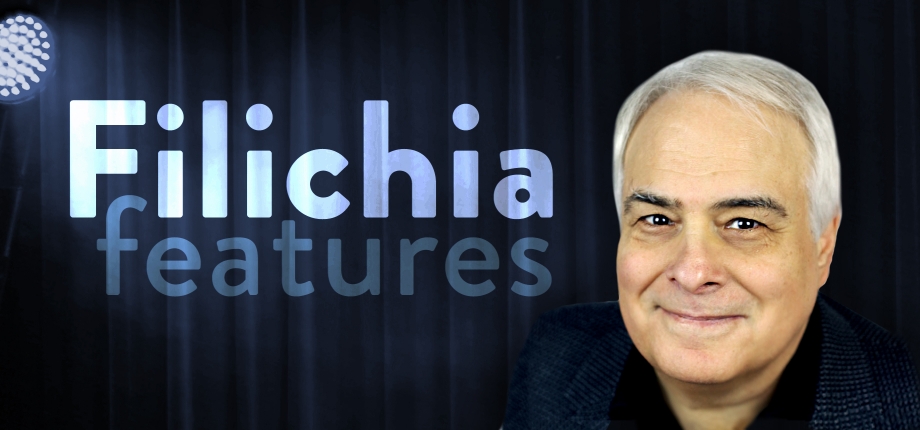
Filichia Features: Beauty and the Beast JR. Makes Its Own Magic
Houston, 1993. Jeffrey Katzenberg, then the Chairman of The Walt Disney Studios, was telling the press about the upcoming Broadway musical to be officially called Disney’s Beauty and the Beast. He stated that Alan Menken and Howard Ashman’s score would be augmented with some new Menken compositions set to Tim Rice’s lyrics.
However, Katzenberg spent far more time speaking about the show’s stage magic. “How the Beast becomes a Prince again will be the talk of the town,” he predicted.
When the time came for questions, I was the first to raise a hand. “What’s the budget?”
“Big,” he said most evasively. “You’ll like it.”
Years passed before word got out that Disney spent a whopping $13 million (which would be $21.5 million today). But the company hasn’t explained how the Beast spun around and became a handsome Prince. Everyone on the show was required to sign a non-disclosure agreement that demanded silence now and forever.
So we have no answer to the oft-asked question “How did they do that?” But we do have an answer to “How can YOU do it?” when you produce Disney’s Beauty and the Beast JR. at your grammar school – even if you have little more than a $13 budget. The solutions are simple, as the directors at the Don Pedro Albizu Campos P.S. 161 (in uptown Manhattan) proved last week.
Notice that “director” was used in the plural? Indeed, Dr. Jennifer Katona, the producer and director for CCNY Ed Theatre, staged the first scene but employed no fewer than 15 other directors to steer the 12 remaining ones.
Well, musical theater is collaborative in nature, isn’t it? Frankly, it’s a smart approach that gives new meaning to the phrase “divide and conquer.” Divide the work, and you’ll conquer the material -- for you can always find one unit of kids who can rehearse on a certain day when another unit insists that it can’t.
As for the transformation? Eighth-grader Rashawn Jones started out as a dashing young prince, but soon a bevy of actors surrounded him; when they broke away, he was revealed to have two furry paws on his hands and a headdress with unruly hair and two ugly horns – more than enough to make anyone say “That’s a Beast.”
(Needless to say, the ensemble circled around Jones when time came for Beast to morph back to Prince.)
What’s more, if Jones’s face and mouth has been covered with a full over-the-head rubber mask, he would have been harder to hear and understand. Considering the beauty of his voice, we wouldn’t have wanted that to happen.
Admittedly, that might not have been a problem, given that the audience knew many of the songs and dialogue from that blockbuster film. (Many a kid learned the word “provincial” from this show; even those who’d been living in the provinces probably hadn’t heard it before.)
That your cast also knows many songs makes for a great head start. Youth serves the show very well in another capacity: Lumieres have told me of their great discomfort in holding up hand-torches for two hours. Strong-armed eighth-grader Isaiah Tovar maneuvered with a young person’s energy and gave a terrific performance to boot.
What about the scene where Maurice drives his new invention? This production showed that you don’t need something on which he actually rides. Director Donzell Evans simply got one of those little knee-high wheely shopping carts, put everything he could find on it, and had Maurice push it off. All you need to imply is that Maurice has invented something valuable; it needn’t necessarily be a vehicle.
As for costumes, Mrs. Potts (the fine Lamay Ferguson) and Chip (enthusiastically played by a girl, one Soyeon Park) respectively wore pieces of felt while the other indentured servants wore sandwich signs.
The students in the audience were rowdy when entering and mock-screamed in horror when the house lights dimmed. Ah, but when the show started and continued, they were as quiet as mute mice. What a tribute to the student performers: Kimliyah Cumberbatch’s regal Belle, Kevin Fabian’s blustery Gaston and the Lefou of Sean Correa, who truly possesses the musical theater gene.
This was no small achievement: Disney properties are unconditionally loved by children, but as the years go by, many tweens turn on them because they need to assure everyone that they’re growing up. “Disney” is a synonym for “babyish” so they spurn what they once loved.
If the P.S. 161 kids ever had those feelings, they brushed them aside this day. After “Be Our Guest,” a lad behind me couldn’t help blurting out “Amazing!” When Belle and The Beast danced, those in attendance didn’t care if liking such a scene made them seem less-than-worldly or even sentimental. They cheered for the hard-won victory that both Belle and the Beast had achieved.
And you don’t need $13 million to achieve that.
You may e-mail Peter at pfilichia@aol.com. Check out his weekly column each Monday at www.broadwayselect.com and Tuesday at www.masterworksbroadway.com. His book, The Great Parade: Broadway’s Astonishing, Never-To-Be Forgotten 1963-1964 Season is now available at www.amazon.com.




